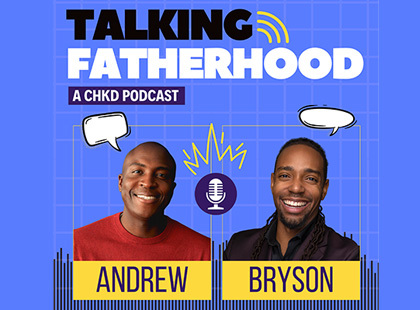
Children are emotional beings. They experience a range of emotions every day. How do we know what they are feeling? They show us and tell us with their facial expressions, body language, sounds, words, and behavior. It is important for parents to recognize that all feelings are okay. A child’s feelings can be recognized and accepted, even if their behavior needs redirecting.
One of the greatest gifts we can give our children is emotional literacy. When they experience the sensations that come naturally with emotions, we can teach them the words to use and the actions to take to get their needs met in ways that align with our values and will ultimately help them succeed in life.
ACT is a powerful three-step technique used to encourage cooperation when a child’s behavior is challenging.
1. Acknowledge, Communicate, and Target/Teach/Troubleshoot
- Acknowledge your child’s feelings, desires, or wants. When children feel overwhelmed with emotion, they need reassurance that they are heard and understood.
- “You look sad.”
- “You really want to stay outside and play.”
- “You wish you could have ice cream right now.”
2. Communicate in a way that calms and comforts your child, then set safe limits and establish expectations and family roles.
- Calm and comfort first, “Take a deep breath. I’m here. You are safe.”
- Set limits in terms of safety, “Hitting is dangerous.”
- Establish expectations (rules). For example, “We talk kindly to each other.”
- Define the roles (jobs) that you and your children have within the family.
- “It’s my job to keep you safe. It’s your job to tell me if you are scared.”
- “It’s my job to make sure you have healthy foods to eat. It’s your job to eat good foods, before you have a treat.”
3. Target/Teach/Troubleshoot
- After you acknowledge and communicate, you can target the desirable behavior. If you take away a behavior such as hitting, you must replace it with a behavior such as using words to describe feelings. Or have the child make amends by picking up a toy that was thrown and putting it back where it belongs.
- Teach a child the skills necessary to make a positive choice and be successful. For example, show a child how to rotate a puzzle piece until it fits, so they don’t get frustrated.
- Troubleshoot the problem. Children who are calm and capable can sort through a situation and come up with a solution. Ask “What do you think you could do?” or “I wonder what I could do to help you?”
Register here to attend a FREE CHKD webinar on Helping Young Children Manage Emotion, June 25, 6:30-7:30 p.m.






